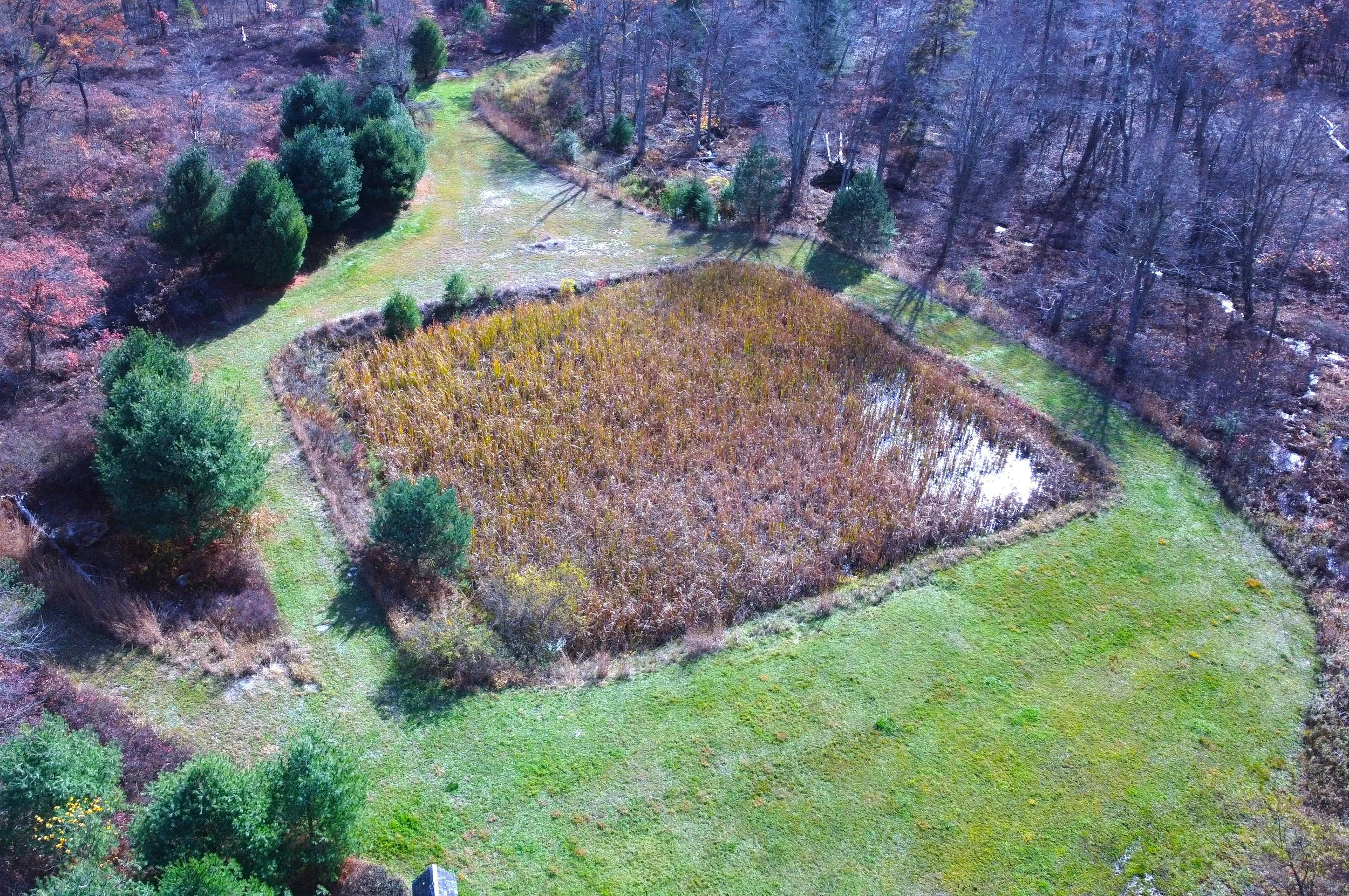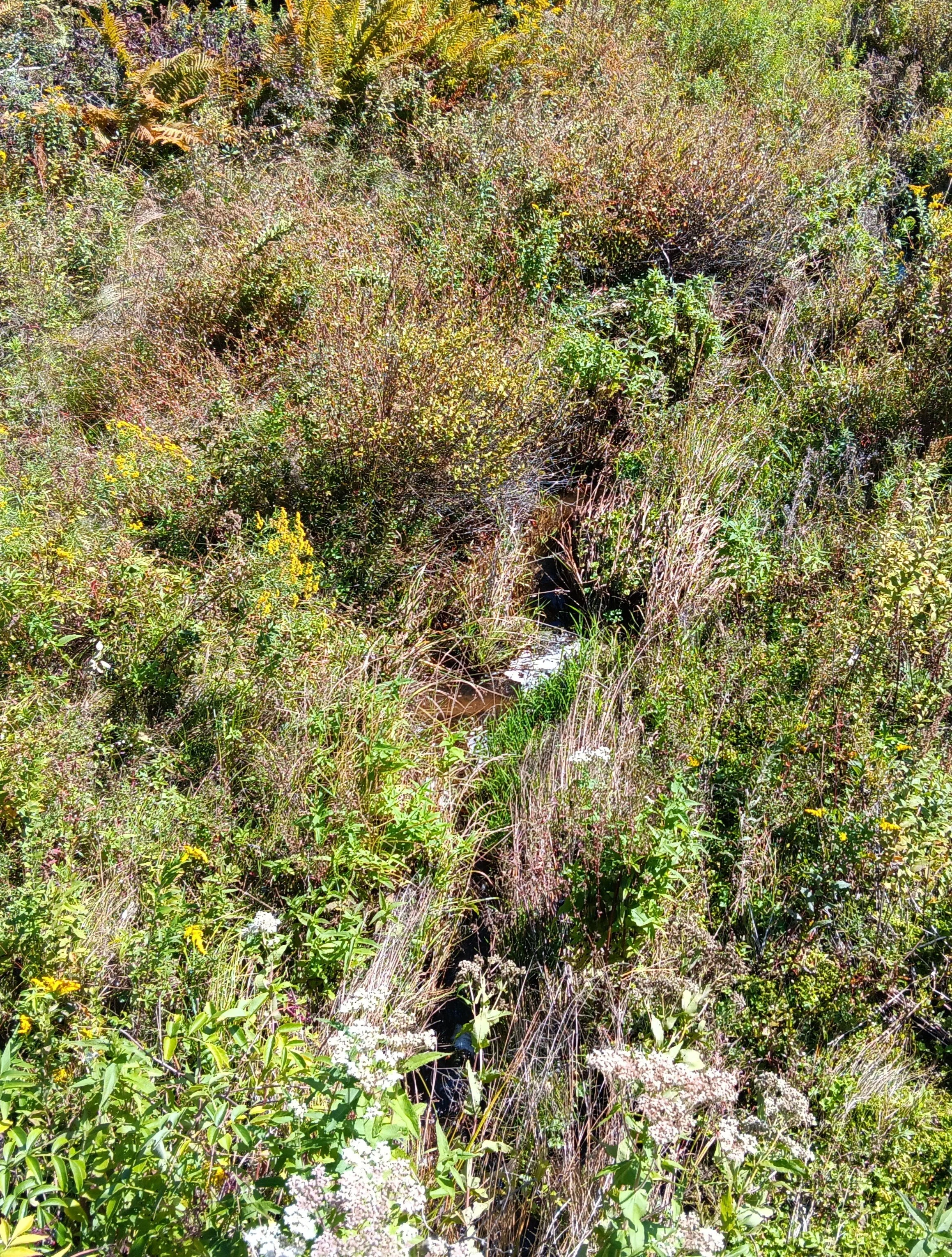Pensylvania NFC Studies Thermal Impact of Vertical Flow Wetlands...
Pennsylvania NFC is working with other organizations, agencies, and businesses to better understand the impact of vertical flow wetlands in regard to downstream water temperature. The project has ties to another PA NFC project on Moshannon Creek that looks to help mitigate Acid Mine Drainage (AMD) impacts on a tributary that are negatively impacting wild native brook trout and other native wildlife.
Vertical flow wetlands (VFW) are an alternative to traditional settling ponds that drain horizontally. They are manmade filtration systems used to remove contaminants, sediment, and other debris from surface water. VFW’s lessen problems such as clogging found in horizontal draining systems. They require less space and have lower operating costs. VFW’s are also more natural using vegetation as opposed to gravel and other types of fill for filtering.
The vertical draining water is collected and transferred via a drainage pipe.Unlike horizontally draining systems that typically increase water temperature due to surface area and exposure to the sun, vertical draining systems are likely to have less thermal impact due to their subterranean outflow.
The current focus is the Mosquito Creek watershed, and specifically Pebble Run and Lost Run. The Mosquito Creek watershed is the first place in Pennsylvania where VFW was implemented to help mitigate acid deposition.
Since the VFW systems were implemented in headwater streams whose flows diminish during low flow periods, the thermal impacts of the systems are thought to be minimal compared to that of systems installed on a constant flow stream.
Data loggers provided by NFC have been deployed in these tributary streams upstream and downstream of the VFWs to monitor water temperature and determine the overall thermal impact of these systems.






